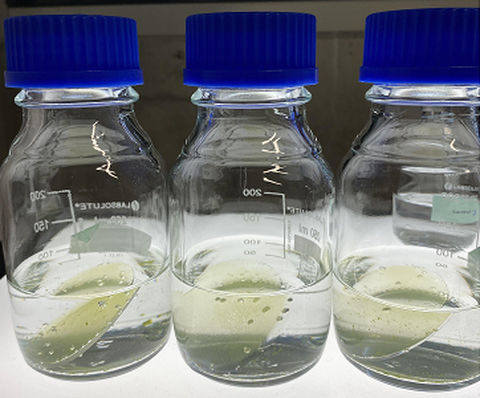Hydrophobic compounds
The assessment of environmental hazard of hydrophobic organic compounds (HOC) can be very challenging as a constant exposure concentration during e.g. toxicity tests is needed to obtain reliable results. Losses of HOC during the tests can be severe, as the very hydrophobic compounds adsorb to vessel walls and organic material, are prone to volatilisation or are simply absorbed by the test organism. We develop a test setup with a system called ‘passive dosing’ to tackle these challenges. In passive dosing methods, a biocompatible donor (polymer, usually PDMS) is loaded with the test substance and placed the test medium to establish a stable exposure concentration up to the maximum water solubility. Any losses during the tests are compensated for by the excess of substance available in the donor.

Passive dosing in toxicity tests
